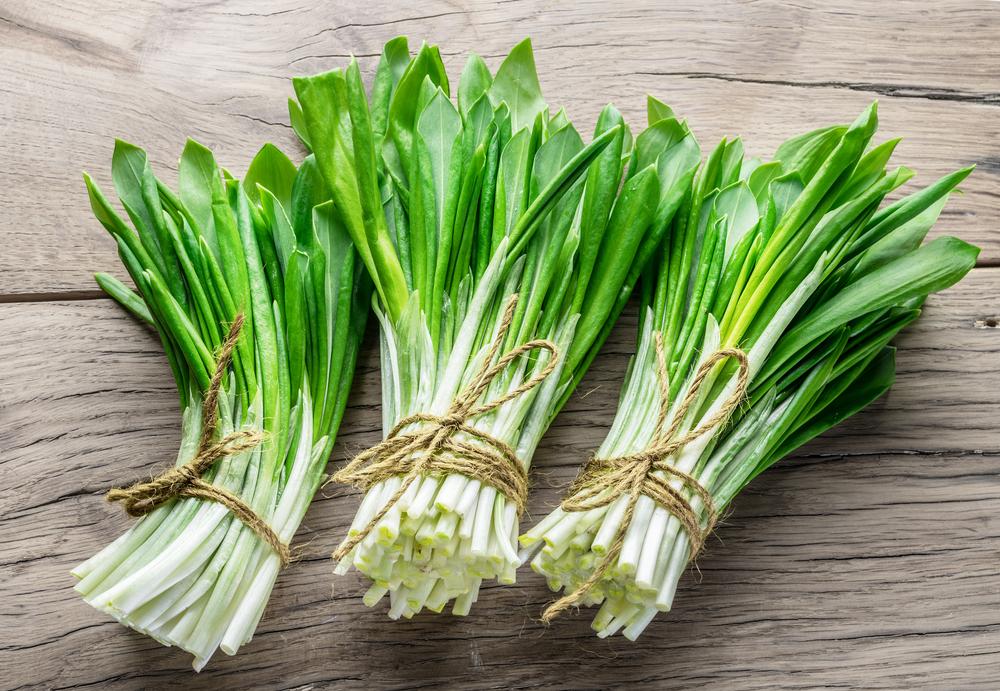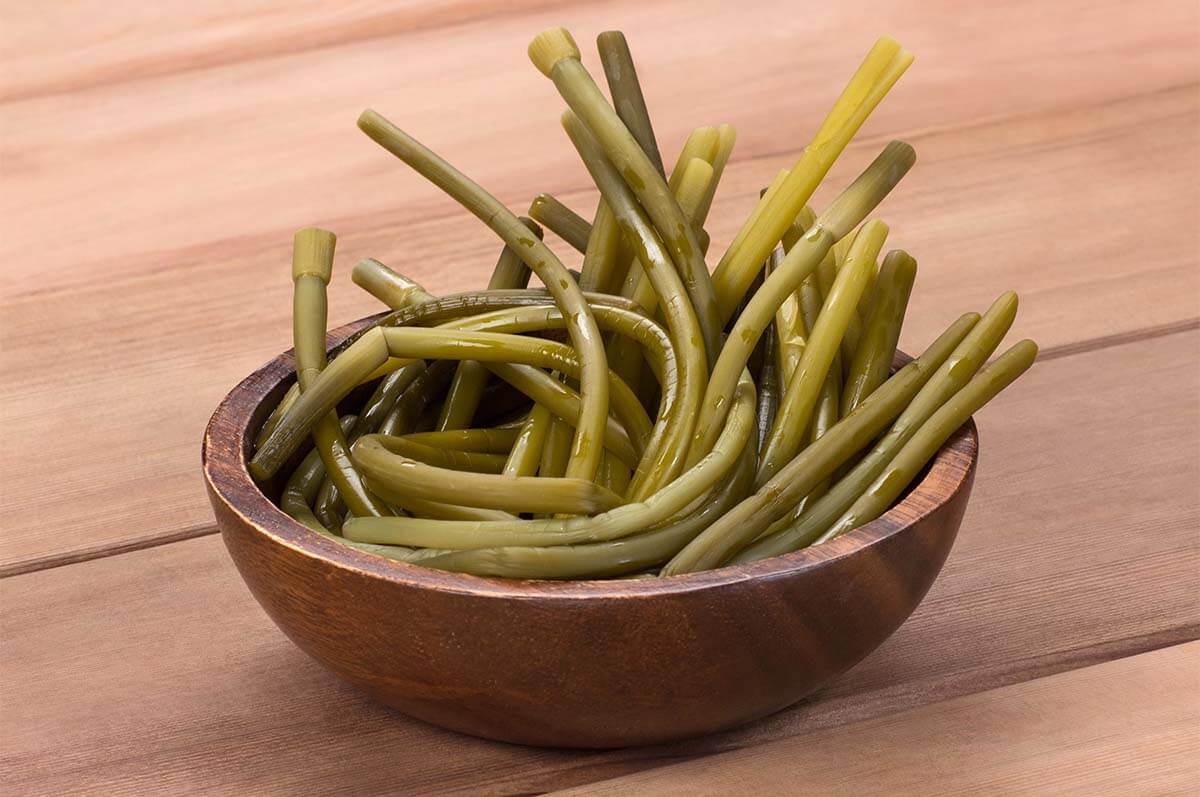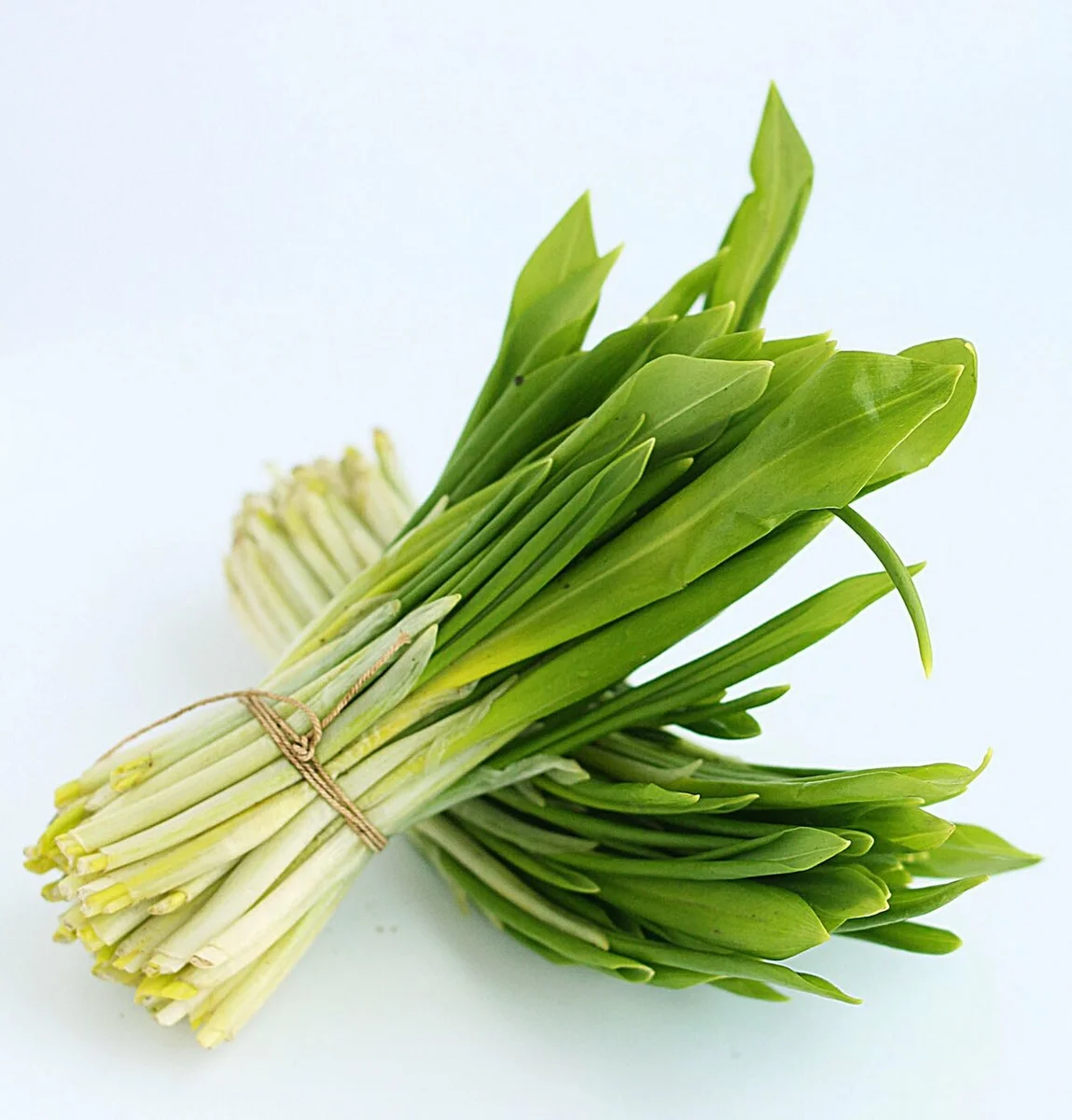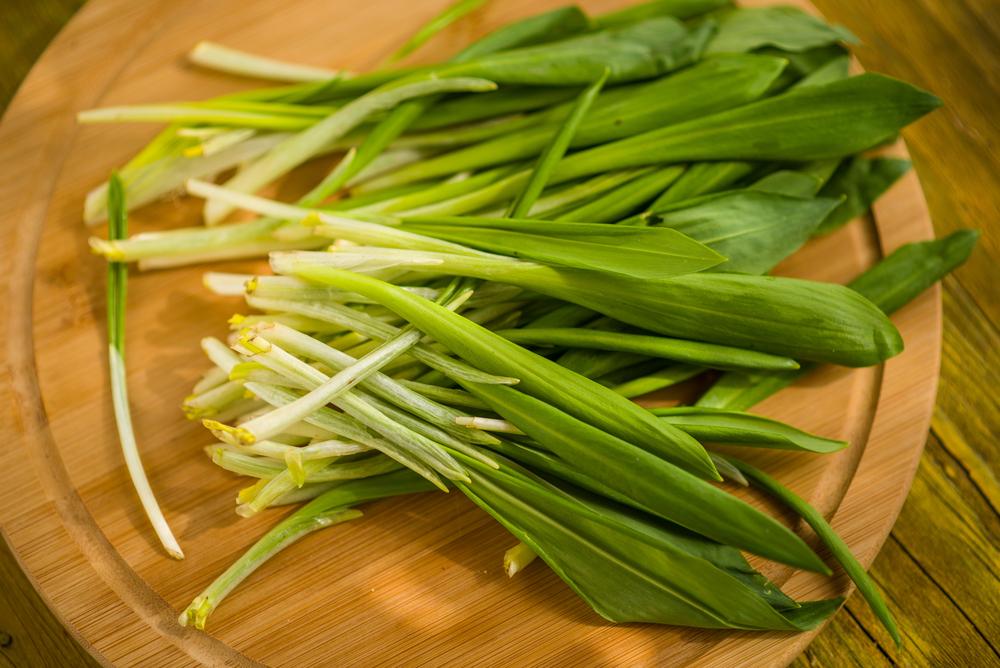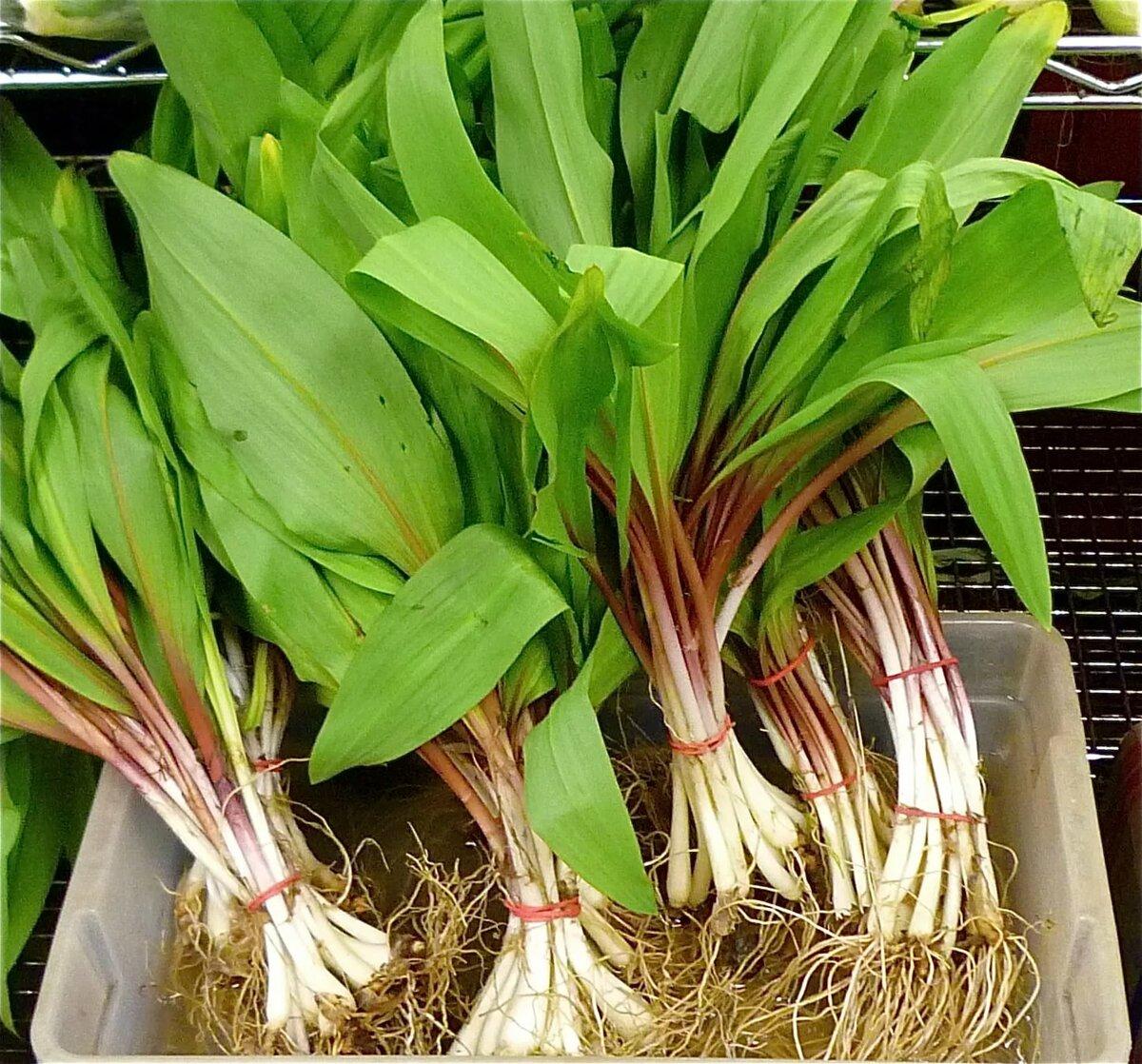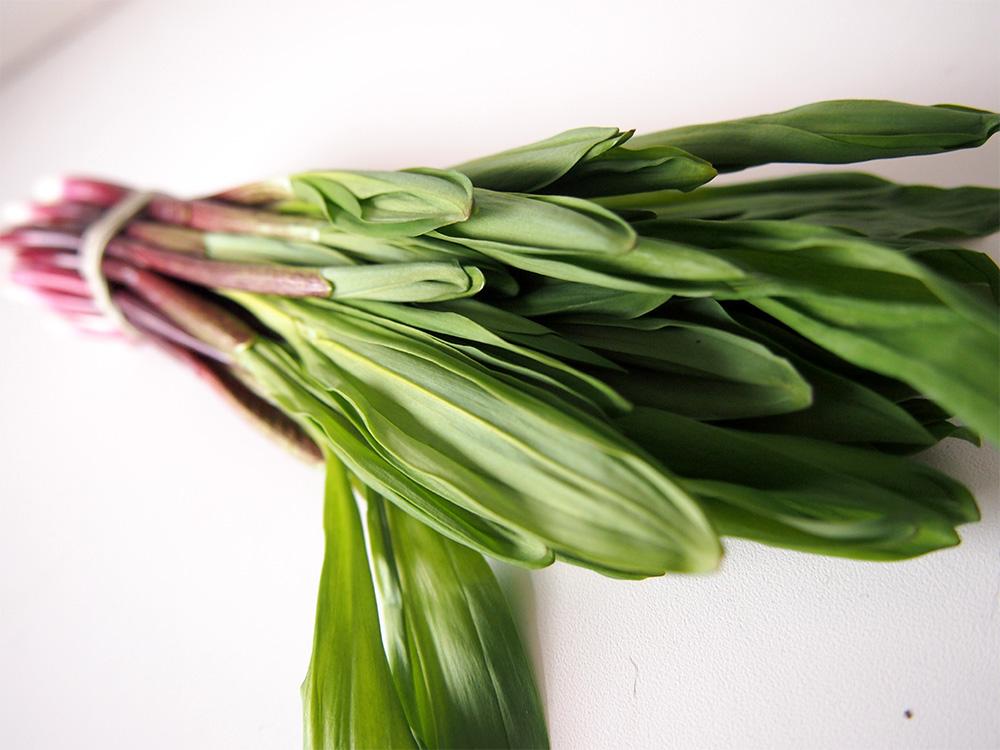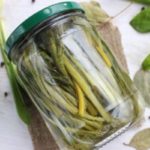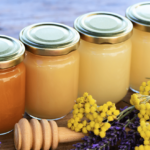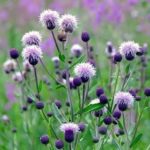Many people are interested in what kind of plant this is - wild garlic, as well as its benefits and harm to humans. This is a fairly common plant that is considered a relative of garlic. This culture is found both in the natural environment and in garden plots. It is collected in early spring - before flowering begins. Almost all fragments of culture are used in cooking. Due to the high content of valuable elements, the plant is often used in medicine.
Description of the plant
Ramson is a perennial herbaceous crop that belongs to the Amaryllis family.This plant gets its name from the Latin Allium ursinum. Wild garlic is listed in the Red Books of different countries - Russia, Ukraine, Belarus, Lithuania, Latvia.
In the Russian Federation, this plant is called bear onion, wild garlic, flask. In Germany the crop is known as green bear onion. This is due to the fact that bears love wild garlic after waking up from hibernation. Ramson helps restore the body, saturating it with vitamins. In appearance, the plant resembles a lily of the valley. It can be distinguished by its characteristic smell.
The grass is characterized by an elongated root bulb, the size of which reaches 1 centimeter. The plant is distinguished by erect stems with three edges. Shoots can reach a height of 50 centimeters. At the same time, two sharp leaves grow on each stem. The petioles are longer than the leaf blade or coincide in size with it. The width of the leaves is 3-5 centimeters.
Ramson has a dense umbrella inflorescence, which is distinguished by a bunched or hemispherical shape. Flowering begins in May-June. Bear's onion has small white flowers with petals measuring 12 millimeters. Fruiting begins in July-August.
Ramson is considered one of the most undemanding plants. It easily grows, capturing more and more new regions. The pronounced medicinal properties of the culture led to its extermination. This was the reason for her disappearance. That is why the bear bow was included in the Red Book. Currently, wild garlic is successfully grown in summer cottages.
In the first half of spring, the above-ground part of the plant begins to develop. Young leaves of the crop help saturate the body with vitamins. Gradually they become coarser and die off by the end of summer.
History of appearance
You can eat leaves, fresh young shoots, bulbs and arrows. The plant is characterized by a pronounced garlic aroma. It has been used as food since ancient times. This culture develops well and does not require specific care.
Already in Ancient Rome, people ate wild garlic as food, because they realized that it had pronounced vitamin properties. The plant was taken on long sea voyages to support the body after exhausting work on the ship. Among the Caucasian peoples, wild garlic is considered almost a national culture. Traces of wild garlic were found in Neolithic settlements in the mountainous regions of the Alps. This means that it was used 5 thousand years ago.
Wild garlic began to be grown and harvested en masse after the war. This happened in the second half of the twentieth century. It was difficult to obtain food, and therefore people were looking for what could be introduced into the diet of the Soviet people. It was then that we paid attention to wild garlic.
Currently, the canned plant can be found in many supermarkets. Korean snack markets feature pickled wild garlic. Fresh herbs are also on sale. In addition, wild garlic extract is often used by bakeries. They are added to the starter so that the dough rises well.
Beneficial features
The bulbs, stems and leaves of the plant have a persistent aroma due to the presence of essential oil - alliin. Wild garlic contains a lot of ascorbic acid. The essential oil contains mercaptan, vinyl sulfide and aldehyde of unknown origin.
Ramson contains many vitamins. It is not without reason that greens are harvested in April-May, when many people experience vitamin deficiency. Wild garlic also contains a lot of vitamin C, phytoncides, and creatine. Since ancient times, people have known the fungicidal, anti-sclerotic, and anti-scorbutic properties of the plant. This is due to the rich composition of the culture. It contains the following:
- B vitamins are contained in the leaves. They take part in the work of the central nervous system and regulate metabolic processes.
- Carotene is considered a precursor to vitamin A. It brings great benefits to the skin, nails, and hair. This component is very important for the health of the retina.
- Fructose is a type of fruit sugar. Insulin does not take part in its absorption.
- Plant proteins are valued by fans of vegetarianism.
- Phytoncides are special compounds that are moderately toxic. These components protect the crop from fungi and parasites.
- Muramidase – also called lysozyme. This component is responsible for local antibacterial protection. The substance is found in tear fluid and breast milk. It is also present in the mucous membranes that line the walls of the stomach and intestines.
- Micro- and macroelements are present in limited quantities. The content of each component depends on the soil in which the crop grows.
Due to the high content of useful components, the plant has pronounced medicinal and preventive properties. With its help you can get the following results:
- Improve the functions of the digestive system. Ramson benefits the intestines, stomach, liver, and gall bladder. It ensures the coherence of their work.
- Achieve bactericidal action.Many pathogens cannot withstand long-term exposure to the ingredients in this plant. At the same time, they die or reduce their activity.
- Improve appetite. The plant stimulates the synthesis of gastric juice and normalizes its acidity. Therefore, wild garlic perfectly helps to cope with poor appetite, which has a beneficial effect on the functioning of the body in case of weight deficiency.
- Normalize metabolic processes. Many people have problems with their metabolism. This leads to a deterioration in well-being and causes real disturbances in the functioning of the body. Ramson helps stabilize health at an optimal physiological level.
- Purify the blood and improve its composition. When consumed systematically, wild garlic removes toxins from the body. This has a positive effect on blood composition.
- Eliminate dermatovenerological pathologies. With the help of the plant it is possible to get rid of corns, lichens, and warts. Moreover, the culture does not cause side effects. Ramson helps with purulent infections, intestinal pathologies, and colds.
- Strengthen the central nervous system. The plant improves the functions of the peripheral nervous system and has a beneficial effect on the speed of reactions.
- Stimulate the functions of the heart and blood vessels. Eating wild garlic will help significantly improve the health of these organs.
- Strengthen the body. This is due to the balanced composition of the culture. The condition of the body and the functioning of the immune system largely depend on the content of vitamins and minerals in the cells. Ramson has a rich composition, which has a good effect on the immune system.
- Improve the condition of blood vessels and cleanse them of cholesterol. Bear onion is a good remedy for hypertension. It lowers blood pressure and perfectly cleanses blood vessels of plaque.This helps prevent the development of atherosclerosis. Also, consuming the plant is considered an excellent prevention of strokes and heart attacks.
- Remove waste and toxins from the body. Wild garlic contains a lot of plant fiber. It activates digestion processes and helps cleanse the intestines of harmful substances.
Negative properties
If you consume high-quality wild garlic in moderation, it will not cause harm to the body. The herb should not be consumed on an empty stomach, since the juice of the culture has a very aggressive effect. The daily norm should not exceed 10 leaves. Otherwise, there is a high probability of gastric disorders, arrhythmias, and headaches. The plant can also provoke relapses of pathologies of the digestive organs and insomnia.
The main contraindications for consuming wild garlic include the following:
- Gastritis and peptic ulcer. The plant has a very pungent juice, which has an irritating effect on erosions and ulcers in the stomach. This can cause spasms and pain.
- Pancreatitis. When the pancreas becomes inflamed, its function is disrupted. At the same time, wild garlic stimulates appetite and peristalsis of the digestive organs, which causes the need for the production of pancreatic juice.
- Hyperacidosis. Bear onion significantly enhances the production of gastric juice and duodenal alkali.
- Cholecystitis. In this case, it is forbidden to consume any spicy foods that have a choleretic effect.
When using wild garlic for the first time, you should pay attention to the body’s reaction. The plant can provoke allergic reactions in the form of rashes and swelling of the larynx. There is also a risk of heart palpitations, increased activity and dizziness.Before using wild garlic juice externally, it should be applied to the inner surface of the elbow. In the absence of redness, it can be used for compresses and treatment of the skin.
Application of wild garlic
Ramson has excellent taste and contains many valuable components. That is why the plant can be used in medicine and cooking.
In medicine
In the USA, Britain, Australia and Canada you can find capsules with dried wild garlic powder in pharmacies. They are a dietary supplement that has a large number of valuable characteristics. With this drug you can lower blood pressure, achieve an antioxidant effect, and relieve spasms. Products based on wild garlic have a beneficial effect on the functioning of the heart and blood vessels.
In France, you can find an alcoholic extract of wild garlic, which has antifungal and antioxidant properties. It also helps maintain normal immune function.
In the Russian Federation, they tried to produce products based on wild garlic, which were aimed at eliminating gynecological pathologies and purulent wounds. But for commercial reasons these projects did not lead to results.
The main difficulty with using the plant for medicinal purposes is that during long-term storage and drying of the herb, the content of useful substances is significantly reduced. Therefore, pharmaceutical companies put a lot of effort into getting the most out of raw materials.
Wild onions are often used in folk medicine. With its help, it is possible to cure and alleviate the symptoms of many diseases. It helps improve the condition of thyroid diseases.If you chew the leaves of the herb for a couple of minutes, you will be able to eliminate pain in the throat and cope with the symptoms of inflammation.
Compresses from the plant help cope with the pain of rheumatism. In addition, bear onion helps well with otitis media, infectious intestinal pathologies, high blood pressure and rheumatism. It also helps to cope with metabolic disorders and fever.
Tinctures and decoctions of wild garlic are effective in the treatment of joint pathologies. They help cope with damage to the dermis and respiratory organs. Wild garlic can be used in many ways. The most popular folk recipes include the following:
- Alcohol tincture - helps cope with the symptoms of bronchitis. To do this, it is worth using the foliage of the crop. The same tincture can be taken internally. This will help improve the condition of an intense cough.
- Tincture of fresh wild garlic leaves and vodka - to prepare it, the components are mixed in a ratio of 1:5. This remedy helps normalize blood pressure. The composition must be infused for 2 weeks and taken 20 drops per day, mixed with water.
- A decoction of fresh or dried leaves helps relieve fever. To prepare the product, you need to take 1 spoon of leaves, add boiling water and leave to infuse for several hours. This remedy can also treat gout and relieve joint pain.
- A pulp of stems with the addition of vegetable oil - it needs to be wrapped in a cloth and applied to the affected area for 20 minutes.
- A tincture of leaves combined with white wine helps to successfully cope with diarrhea. It also effectively eliminates other intestinal pathologies.
- Compresses made from wild garlic juice - allow you to cope with acne and boils.
In cooking
Ramson can be eaten fresh or processed. Young shoots in combination with salt and bread cope perfectly with colds. Bear onions can be boiled, baked, pickled, dried or salted. The Germans put wild garlic in dough when baking bread, and Caucasians use the plant as a filling for Ossetian pies.
Storage instructions
At room temperature, greens can be stored for 2-3 days. In the refrigerator this period increases to 5-6 days. The leaves of the plant can be dried, but in this case they will have a weaker aroma. In this form, the grass can be stored for up to 6 months.
Ramson is a very valuable plant that has excellent taste. This allows the culture to be used in cooking and medicine.

